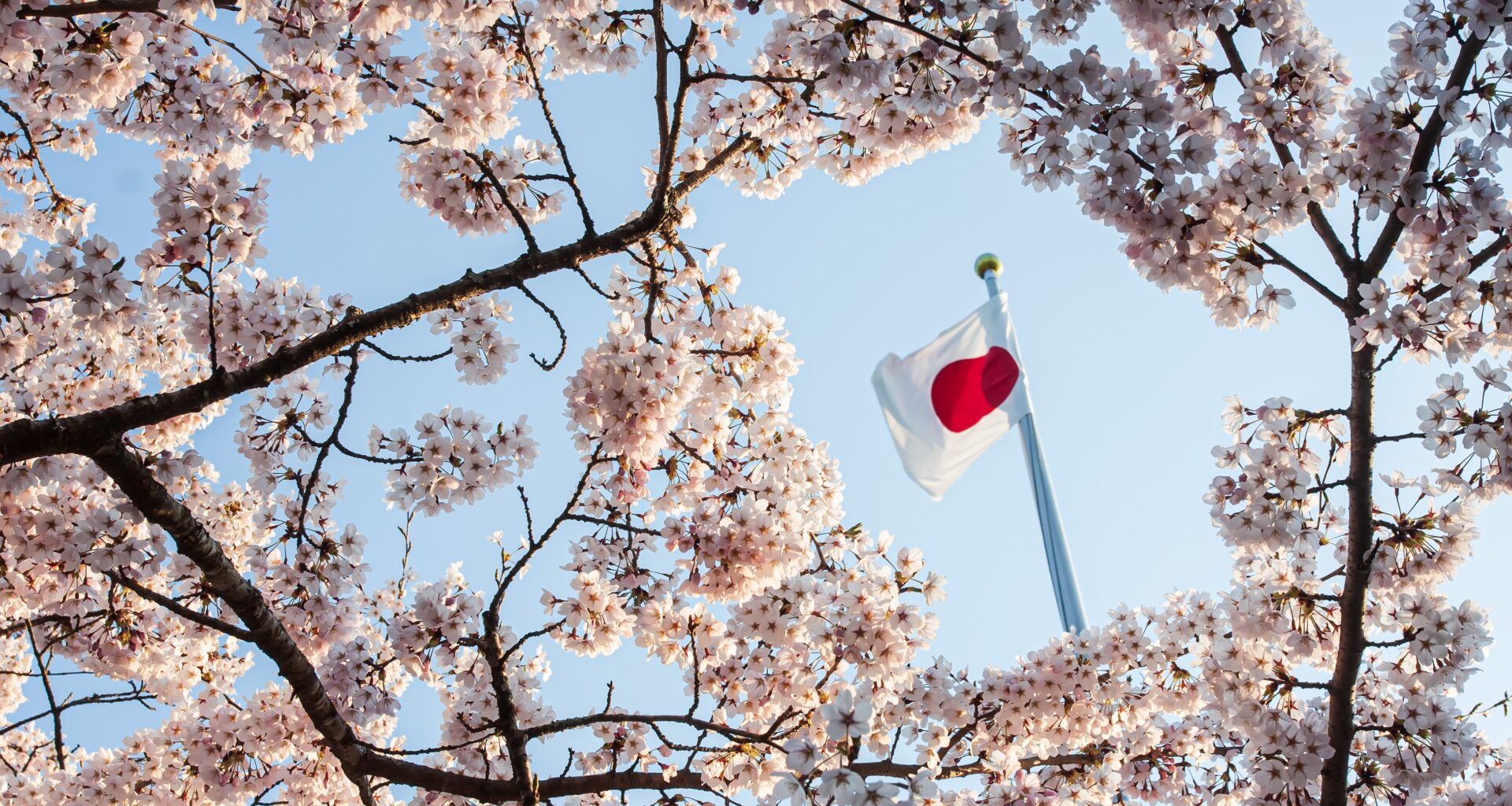The strong performance of global stock markets since Donald Trump’s so-called “liberation day” has been a surprise to many investors.
Perhaps the most surprising of all is the strength of the export-heavy Nikkei, which should have been worst-hit by tariffs. After a brief dip, it has outpaced almost all major markets. However, market leadership in Japan has been narrow and may be about to switch.
The Nikkei is up 17.5 per cent over the past three months alone. It caps a strong period for Japanese equities, which has helped keep Japanese funds near the top of the performance tables. Japan is the seventh and eighth best-performing IA sector over one and three years respectively.
It is tempting to attribute Japan’s recent strength to the turnaround in its economy. Japan appears to have finally shaken off deflation, and Q2 GDP data showed the economy expanding at a buoyant 2.2 per cent per year. This puts it ahead of every G7 nation.
This has been reflected in corporate sector strength, with a buoyant recent earnings season. Carl Vine, manager on the M&G Japan fund, says: “Corporate Japan continues to impress. Earnings grew by 9.8 per cent this fiscal year, and companies announced a record ¥3.8tn in share buybacks this April — nearly triple the ¥1.3tn of a year ago. Japanese firms are set to repurchase 5 per cent of their own shares, positioning themselves as the largest net buyers in the market.”
However, Japan’s market has been polarised. There is 135 per cent between the top and bottom performing funds over three years, and 39.7 per cent over one year.
Jared Anderson, investment manager in Baillie Gifford’s Japanese equities team, says that the market has been blown about by macroeconomic factors. Until recently, the very weak yen was helping cyclical companies (and index heavyweights) such as banks, carmakers and trading groups. These are also the groups that have benefited from the ‘relief rally’ as US tariffs have not been as high or as far-reaching as expected.
It is difficult to make a longer-term case for these areas. The trade deal struck between the US and Japan in July set a baseline tariff of 15 per cent.
This was below the threatened 25 per cent tariff, but is still high enough to make life difficult for Japan’s exporters. Equally, after years of depreciation, the yen has ticked higher against the dollar since the start of the year, removing a tailwind for Japan’s export economy.
However, Anderson sees plenty of opportunities in the areas left behind in the recent rally. That includes many of the areas that are experiencing structural growth as a result of changes in the country’s economy, where valuations now look very attractive.
He says the market is starting to turn: “[There has been] a market-level tilt away from more cyclical, export-led companies like autos into the types of companies that we favour.
“Companies with strong competitive positions, agile management teams, and growing, not shrinking, opportunity sets.
“AI and gaming were standout themes this quarter, evidenced by the likes of SoftBank, the technology-focused investment company and Nintendo, the gaming and entertainment company.”
He points out that SoftBank, the Japanese fund’s largest holding, has some chunky AI investments at a fraction of the spicy prices seen for the US technology. The group also has a significant weighting in the gaming sector, with companies such as Nintendo, Square Enix and Sega Sammy.
These companies all have strong intellectual property, which they are monetising across multiple platforms. The Super Mario Bros Movie grossed over $1.3bn worldwide, while Sony converted its Last of Us video game into an Emmy-winning HBO series.
Vine also holds Softbank in the M&G Japan fund, but also believes the country’s property sector looks interesting too, holding Mitsui Fudosan and Mitsubishi Estate in the fund. He says Japanese companies continue to hold significant real estate assets, which are often misvalued on their balance sheets. This is drawing the attention of activist investors keen to realise value and companies have started to divest, “creating options for reinvestment, deleveraging, and shareholder returns”. Property developers should be key beneficiaries of this trade.
As well as a rotation in the main indices, there is a question over whether small caps will start to revive. Sabrina Gleeson, manager on the M&G Japan Smaller Companies fund, points out that this has started to happen in the very short term. Since the start of the year, the MSCI Japan Small Cap index is up 25.7 per cent, compared with a rise of just 18.1 per cent for MSCI Japan. While this is part of a broader, global recovery in smaller companies, Japan’s small companies have outpaced the global smaller companies indices.
Could this be the start of a turning point? Certainly, Japan’s smaller companies still look lowly valued compared with their global peers, with a lower price-to-earnings ratio and higher dividend yield. There are also factors in the Japanese economy that should favour continued strength from smaller companies; a revival in the country’s consumer economy, for example, as rising wages boost confidence and encourage spending.
There are other factors that may boost small caps. The Tokyo Stock Exchange has changed its guidance on merger and acquisition activity, pushing companies to consider offers in more detail. This should be good for smaller companies. Equally, smaller companies are in the vanguard of some exciting new sectors, such as robotics and fintech, which may be better recognised by markets as investors look for growth opportunities outside the US technology giants.
Japan has been a hotspot for investors, but leadership has been relatively narrow. It may now finally be broadening out, with other parts of the market reviving. This may benefit some of the growth managers that have been left behind in the recent rally.
Darius McDermott is managing director of FundCalibre
